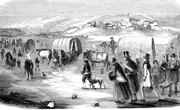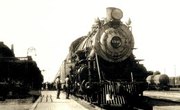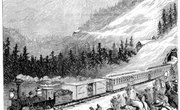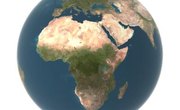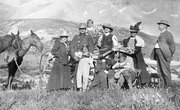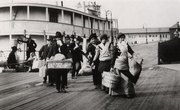Every year, millions of people make difficult and often dangerous treks from their home countries to a new nation. Motivations for leaving are as varied as the immigrants themselves — some leave for opportunity, some for adventure and some to escape oppressive regimes that threaten their rights or religions. Yet another massive group of immigrants is comprised of those forcibly removed from their homelands. Investigating the causes of immigration is an important step in understanding immigrants and their struggles.
Opportunity
Not every country in the world is on equal footing in terms of economic power and technological development. Many immigrants leave their countries in the hopes they will find higher-paying jobs, better schools and safer homes than they had access to in their home country. These families are often motivated by providing their children with a better place to live and better career potential than what they could have found if they did not move.
Persecution
Political and religious persecution still runs rampant in some parts of the world. In certain areas, those who practice a particular religion may be demonized or targeted by local politicians and may even face imprisonment or threats against their lives. Immigrants often choose to leave an environment of persecution for a place in which they can practice their religion in peace and safety. This is also true of women, who may be unable to get jobs or hold political office in their home country and leave in the hopes of finding better treatment abroad.
Preference
Some immigrants simply leave their countries because they prefer to live someplace else. This is sometimes seen in military families stationed in foreign countries who grow accustomed to the lifestyle and the culture or in people who are frustrated with their country’s behavior and want to live in a place where they feel more welcomed. It is also common for one person to immigrate to another country to marry and live with someone they met while traveling abroad.
Forced Removal
One of the most devastating causes of immigration is forced removal. This occurs when a nation’s government attempts to round up people of a certain race or religion and force them to move out of the country, or any other time people are moved against their will. Theft of humans from Africa to be used in the United States slave trade is one example, while the forceful resettlement of peasants by the Soviets is another. Forced removal is often violent and can result in many civilian casualties.



